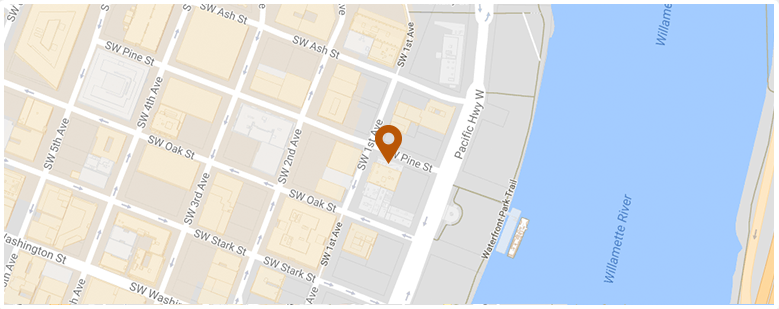Last week the New York Times published a long article looking at a number of so-called ‘heads-up’ technologies making their way toward commercial use in the auto industry. All of the technologies described in the article involve projecting information onto a car’s windshield so that it appears to be ‘floating’ just ahead of the car. The companies designing these systems tout them as cutting-edge tools in the fight against distracted driving, but the article makes a strong case that for many drivers there is a high probability the heads-up technology will make things worse.
Accompanying the article is a screen shot from a video promoting one of the new companies. The still image shows the driver’s hands on the steering wheel as the car enters a sharp bend to the left. Projected into the driver’s line of sight are both an animated image of the car and the road, and a photo of the driver’s mother as he takes a phone call from her. The device allows the phone to be answered with a wave of the driver’s hand.
The idea that these devices will make driving safer boils down to the contention that by keeping drivers looking up and ahead they reduce the distraction of cellphones, in-dash navigation systems, and even the dashboard itself (since the devices can display things like speed and gas level). “The argument… boils down to a simple notion: Drivers are going to do it anyway, so why not minimize the riskiest kinds of multitasking, like looking down at the phone or handling it” according to the Times.
Set against this are a parade of experts on distracted driving, the human brain and behavioral science. “The technology is driven by the false assumption that seeing requires nothing more than having the eyes fixed on the right spot,” according to a psychologist from the University of Kansas quoted by the paper. It says that while studies have found a small gain in safety when basic driving information (such as speed) is projected onto the windshield, the moment one adds non-driving information (phone calls, texts, navigation, the song or station on the audio system, etc) any potential benefit disappears. Put another way, using a heads-up system might be a bit less bad than texting while driving, but that does not mean it is either safe or desirable behavior. Notably, the Times offers multiple voices taking issue with the claim that these systems are similar to those used by pilots, pointing out that “the heads-up displays used by airplanes show only information critical to flying, like an outline of a runway or the horizon. By contrast, a head-up display in the car that gives non-driving information that is out of alignment with the road ‘is the worst of two worlds.’” The image accompanying the article (the still from the video) seems to prove this point: not only does it contain information about a phone call, but even the image of the car on the road is not aligned with what the driver is actually seeing in front of him.
From my practice as a distracted driving lawyer here in Portland I am all too aware that our laws on cellphone use and other distractions are far from perfect. As the Times points out there is a disconnect between the speed with which technology is advancing and the pace at which the federal government and the states can assess and regulate it. Right now, according to the paper, the federal government has issued only “non-binding guidelines.” After a period of years in which many states have done a good, if imperfect, job of addressing the problem of cellphone use behind the wheel, the challenge now will be to see whether regulations can adapt to new technology in a timely manner. The contention that people are going to use these technologies anyway has some validity. That, however, ought to be an argument for better driver education and tougher regulation, not for simply accepting new threats to everyone’s safety on the road.
The New York Times: Windshield Devices Bring Distracted Driving Debate to Eye Level
 Oregon Injury Lawyer Blog
Oregon Injury Lawyer Blog


